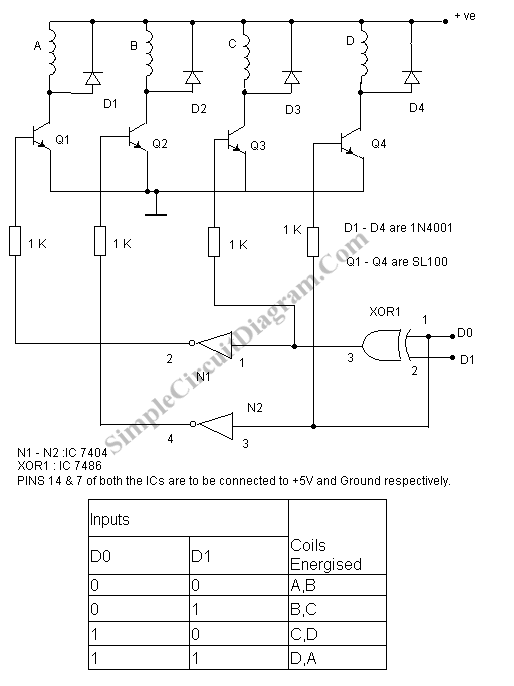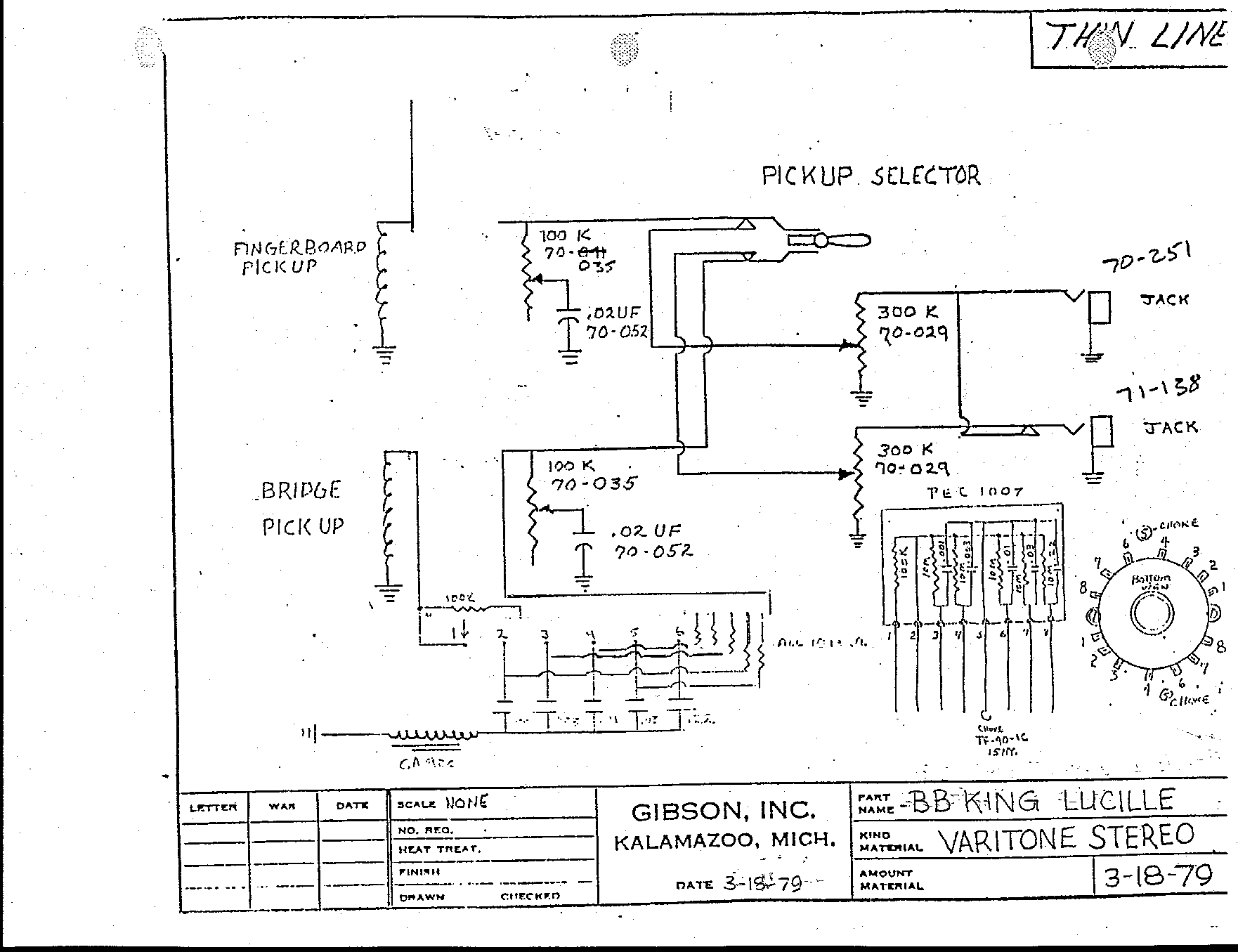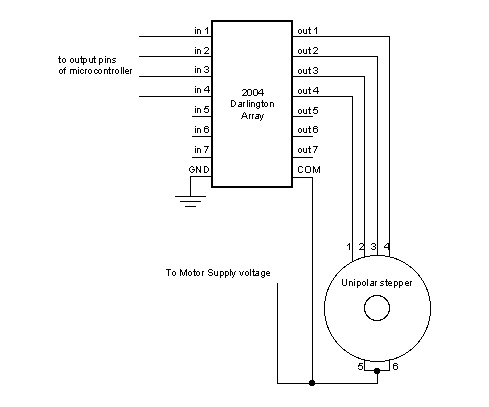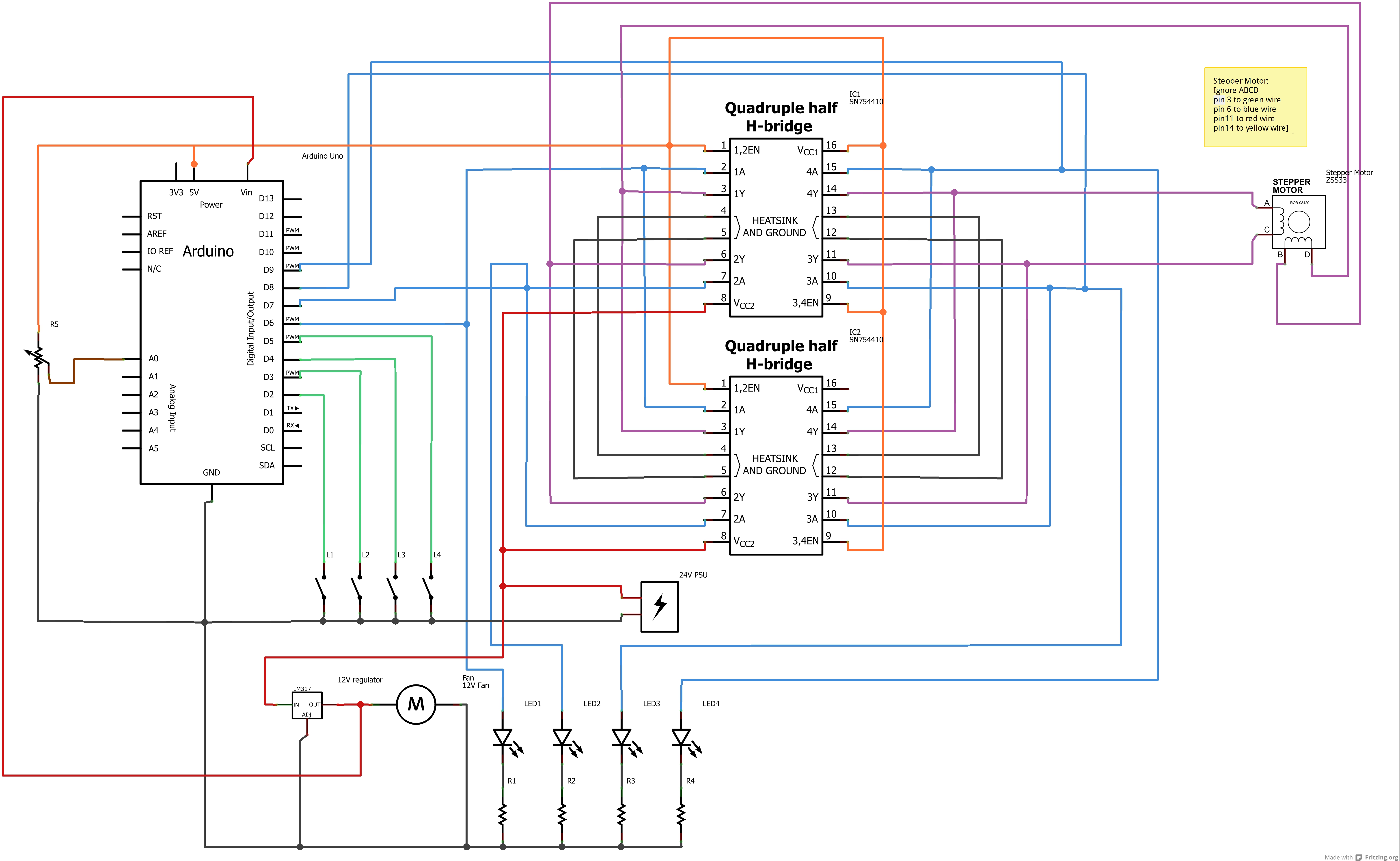
Stepper Motor Control No Microcontroller Needed

A stepper motor is an effective solution for achieving high-precision motion control. To operate a stepper motor, a corresponding control circuit is required.
A stepper motor control circuit typically consists of several key components that facilitate the precise movement of the motor. The main components include a microcontroller or a dedicated stepper motor driver IC, which generates the control signals necessary for the motor's operation. The microcontroller sends pulses to the driver, determining the speed and direction of the motor's rotation.
The circuit also includes a power supply to provide the necessary voltage and current to the motor. The power supply specifications must match the requirements of the stepper motor to ensure efficient operation. Additionally, the circuit may incorporate limit switches or sensors to provide feedback on the motor's position, allowing for closed-loop control.
Furthermore, the control circuit may utilize H-bridge configurations to enable bidirectional control of the motor. This configuration allows the motor to rotate in both clockwise and counterclockwise directions by reversing the polarity of the voltage applied to the motor windings.
In summary, a stepper motor control circuit is essential for achieving precise motion control, and its design incorporates various components to ensure reliable and efficient operation.Stepper motor is a simple way to make a motion control with high precision. A stepper motor control circuit is needed to make stepper motor works. A stepper.. 🔗 External reference
A stepper motor control circuit typically consists of several key components that facilitate the precise movement of the motor. The main components include a microcontroller or a dedicated stepper motor driver IC, which generates the control signals necessary for the motor's operation. The microcontroller sends pulses to the driver, determining the speed and direction of the motor's rotation.
The circuit also includes a power supply to provide the necessary voltage and current to the motor. The power supply specifications must match the requirements of the stepper motor to ensure efficient operation. Additionally, the circuit may incorporate limit switches or sensors to provide feedback on the motor's position, allowing for closed-loop control.
Furthermore, the control circuit may utilize H-bridge configurations to enable bidirectional control of the motor. This configuration allows the motor to rotate in both clockwise and counterclockwise directions by reversing the polarity of the voltage applied to the motor windings.
In summary, a stepper motor control circuit is essential for achieving precise motion control, and its design incorporates various components to ensure reliable and efficient operation.Stepper motor is a simple way to make a motion control with high precision. A stepper motor control circuit is needed to make stepper motor works. A stepper.. 🔗 External reference





